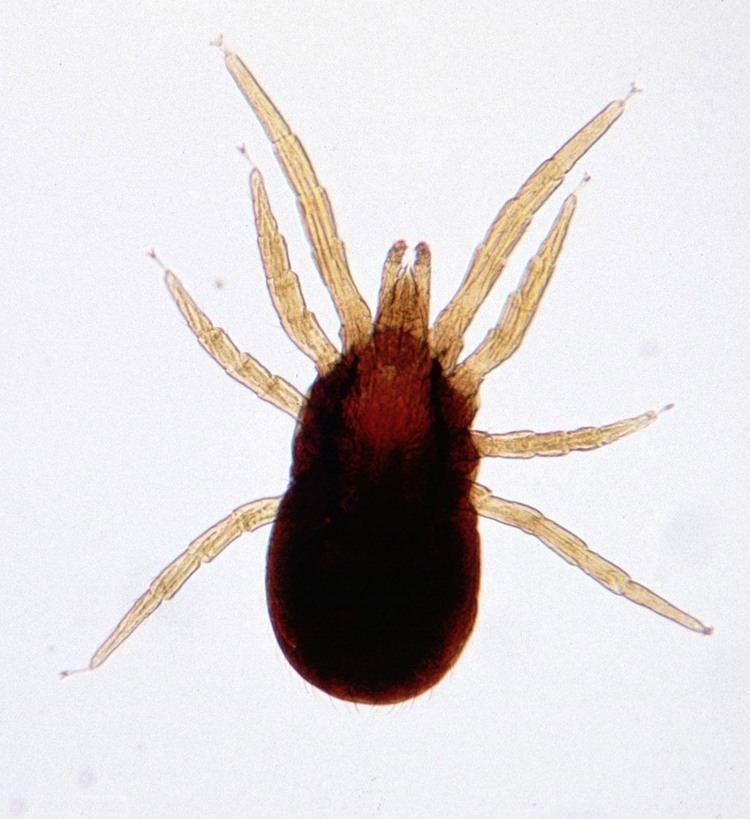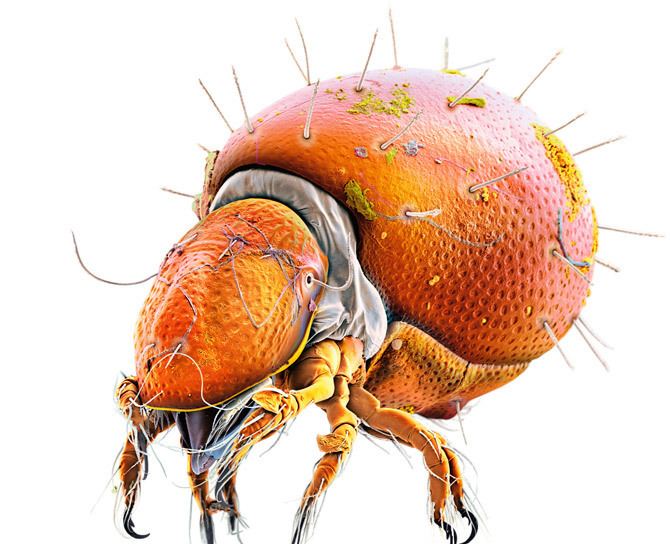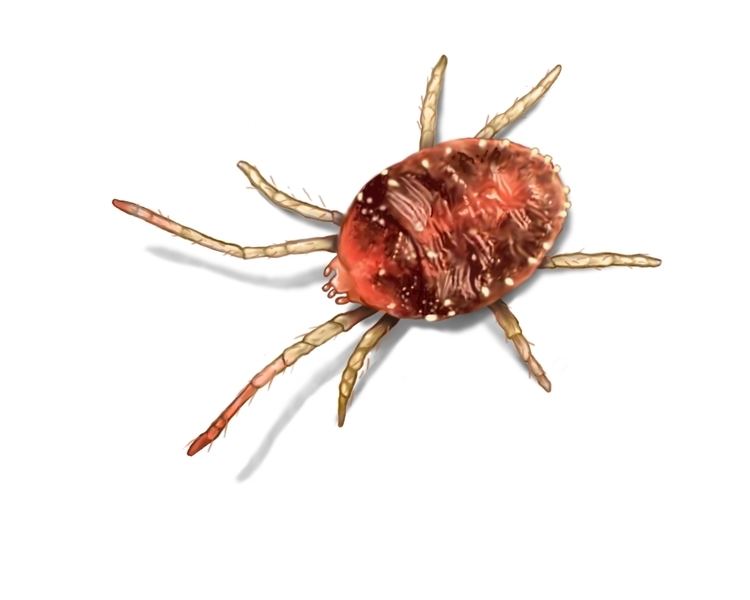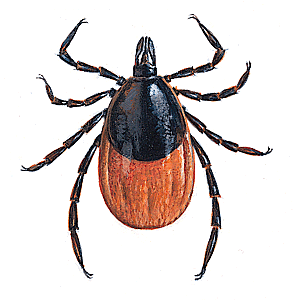Kingdom Animalia Subphylum Chelicerata Subclass Acari
Leach, 1817 | Phylum Arthropoda Class Arachnida | |
 | ||
Representative species Varroa destructor, Paratarsotomus macropalpis, Archegozetes longisetosus, Dermatophagoides farinae, Acarapis woodi | ||
Ear mites in cats and dogs natural solutions
Mites, along with ticks, are small arthropods belonging to the subclass Acari (also known as Acarina) and the class Arachnida. The scientific discipline devoted to the study of ticks and mites is called acarology. In soil ecosystems, mites are favored by high organic matter content and by moist conditions, wherein they actively engage in the fragmentation and mixing of organic matter.
Contents
- Ear mites in cats and dogs natural solutions
- Ear mites on face cat
- Diversity and ecology
- Medical significance
- References

Ear mites on face cat
Diversity and ecology

Mites are among the most diverse and successful of all the invertebrate groups. They have exploited an incredible array of habitats, and because of their small size (most are microscopic), go largely unnoticed. Many live freely in the soil or water, but there are also a large number of species that live as parasites on plants, animals, and some that feed on mold. It is estimated that 48,200 species of mites have been described.

Mites occupy a wide range of ecological niches. For example, Oribatida mites are important decomposers and occur in many habitats. They eat a wide variety of material including living and dead plant and fungal material, lichens and carrion; some are even predatory, though no species of Oribatida mite are parasites.

Many mites which have been well studied are parasitic on plants and animals. One family of mites Pyroglyphidae, or nest mites, live primarily in the nests of birds and animals. These mites are largely parasitic and consume blood, skin and keratin. Dust mites, which feed mostly on dead skin and hair shed from humans instead of consuming them from the organism directly, evolved from these parasitic ancestors.

Insects may also be infested by parasitic mites. Examples are Varroa destructor, which attaches to the body of the honey bee, and Acarapis woodi (family Tarsonemidae), which lives in the tracheae of honey bees. There are hundreds of species of mites associated with other bee species, and most are poorly described and understood. They attach to the bees in a variety of ways. For example, Trigona corvina workers have been found with mites attached to the outer face of their hind tibiae. Some are thought to be parasites, while others are beneficial symbionts. Mites also parasitize some ant species, such as Eciton burchellii.

Some of the plant pests include the so-called spider mites (family Tetranychidae), thread-footed mites (family Tarsonemidae), and the gall mites (family Eriophyidae). Among the species that attack animals are members of the sarcoptic mange mites (family Sarcoptidae), which burrow under the skin. Demodex mites (family Demodicidae) are parasites that live in or near the hair follicles of mammals, including humans. Acari are mites, except for the three families of ticks.
The tropical species Archegozetes longisetosus is one of the strongest animals in the world, relative to its mass (100 μg): It lifts up to 1,182 times its own weight, over five times more than would be expected of such a minute animal. Mites also hold the record speed; for its length, Paratarsotomus macropalpis is the fastest animal on Earth.
Medical significance
The majority of mite species are harmless to humans, but a few species of mites can colonize humans directly, act as vectors for disease transmission, or cause or contribute to allergenic diseases.
Mites which colonize human skin are the cause of several types of itchy skin rashes, such as grain itch, grocer's itch, and scabies. Sarcoptes scabiei is a parasitic mite responsible for scabies which is one of the three most common skin disorders in children. Demodex mites, which are common cause of mange in dogs and other domesticated animals, have also been implicated in the human skin disease rosacea, although the mechanism by which demodex contributes to the disease is unclear.
Chiggers are known primarily for their itchy bite, but they can also spread disease in some limited circumstances, such as scrub typhus. The house-mouse mite is the only known vector of the disease rickettsialpox.
Dust mites cause several forms of allergic diseases, including hay fever, asthma and eczema, and are known to aggravate atopic dermatitis. House dust mites are usually found in warm and humid locations, including beds.
